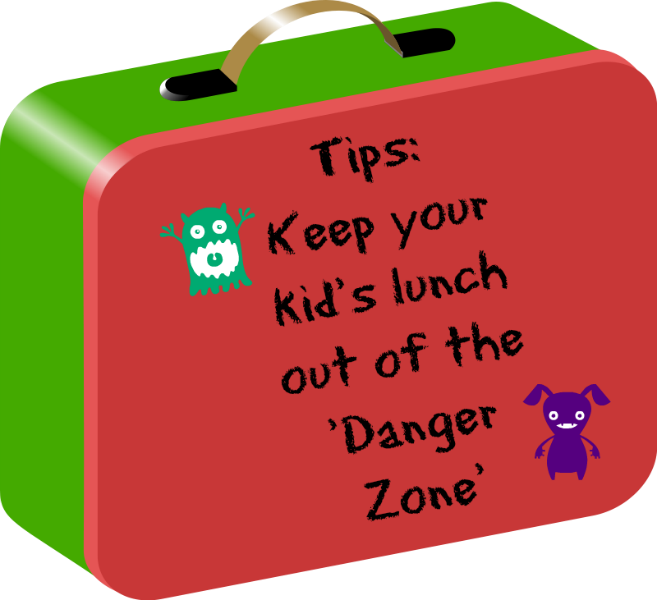Children are at high risk of contracting foodborne illness because their immune systems are still developing.
Kids under the age of five have the highest incidence of Campylobacter, E. coli, and Salmonella infection among any other age group in the United States.
This highlights the importance of following the USDA’s four food safety steps whenever preparing meals: Clean, Separate, Cook and Chill.
To help families teach the importance of the four steps to young children, the USDA’s Food Safety and Inspection Service (FSIS) has developed a food safety “science experiment” that parents and children can do together to make sure school lunches are safe to eat come lunchtime.
Here’s how to do the experiment with your kids: To start, parents should pack their child’s lunch and have their child store it as they would at school. After the normal time between lunch packing and consumption has passed, parents should help their child take the temperature of the lunch contents. Cold items should still be below 40 °F and hot items should be above 140°F.
If food in is in the Danger Zone (between 40 °F and 140 °F) parents can use the following tips to ensure their child’s lunch remains safely outside the Danger Zone for future preparations:
1. If the lunch contains perishable food items like luncheon meats, eggs, or yogurt, make sure to pack it with at least two freezer packs. Harmful bacteria multiply rapidly in the Danger Zone, so perishable food transported without an ice source won’t stay safe long.
 2. Frozen juice boxes or water can also be used as freezer packs. Freeze these items overnight and use with at least one other freezer pack. By lunchtime, the liquids should be thawed and ready to drink.
2. Frozen juice boxes or water can also be used as freezer packs. Freeze these items overnight and use with at least one other freezer pack. By lunchtime, the liquids should be thawed and ready to drink.
3. Pack lunches containing perishable food in an insulated lunchbox or soft-sided lunch bag. Perishable food can be unsafe to eat by lunchtime if packed in a paper bag.
4. If possible, a child’s lunch should be stored in a refrigerator upon arrival. But leave the lid of the lunchbox or bag open in the fridge so that cold air can better circulate and keep the food cold.
5. If packing a hot lunch, like soup, chili or stew, use an insulated container to keep it hot. Fill the container with boiling water, let stand for a few minutes, empty, and then put in the piping hot food. Tell children to keep the insulated container closed until lunchtime to keep the food hot – 140 °F (73.9 °C) or above.
6. After lunch, discard all leftover food, used food packaging, and paper bags. Do not reuse packaging because it could contaminate other food and cause foodborne illness.
7. If packing a child’s lunch the night before, parents should leave it in the refrigerator overnight. The meal will stay cooler longer because everything will be refrigerator temperature when it is placed in the lunchbox.
By following these tips, parents can reduce the risk that their child will be kept home from school due to a foodborne illness.
Parents with more food safety questions can call the USDA Meat and Poultry Hotline at 1-888-MPHotline (1-888-674-6854) or chat live with a food safety specialist at AskKaren.gov, available from 10 a.m. to 4 p.m. Eastern Standard Time, Monday through Friday, in English or Spanish. For more tips to keep your family foodborne illness free this season visit FoodSafety.gov and follow @USDAFoodSafety on Twitter.
Information for this post came from a report from the USDA.

